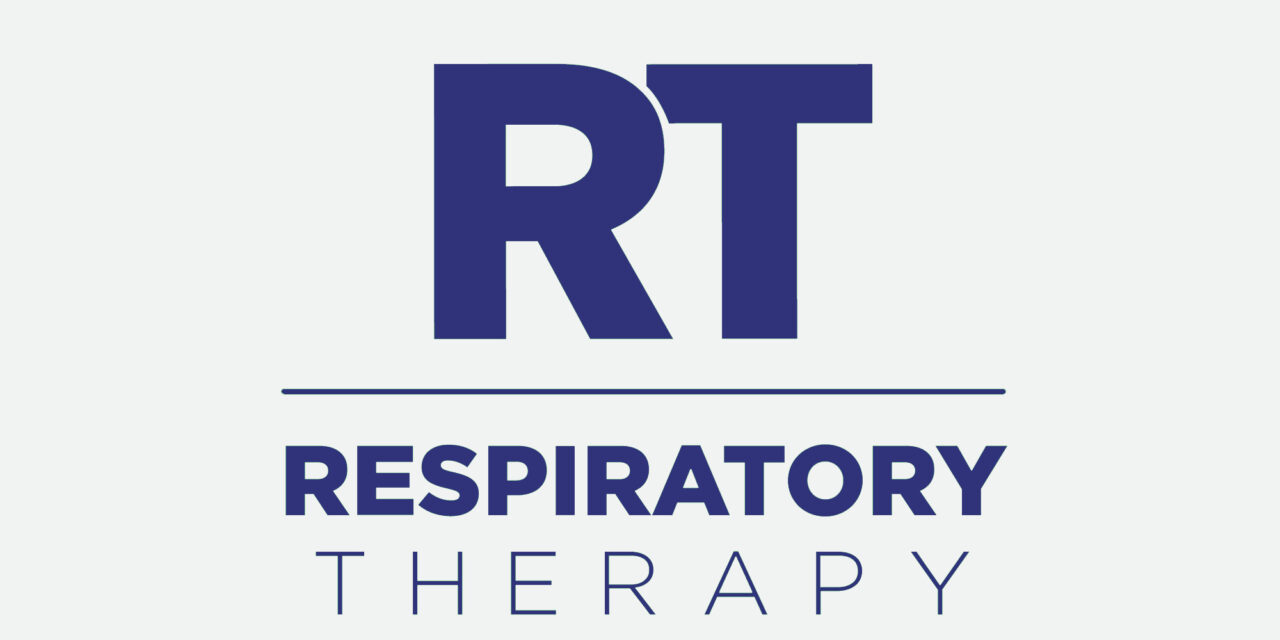RT spoke with Rajeev Agarwal, PhD, director, research and development, Stellate Systems Inc, Montreal, about electroencephalogram (EEG)/polysomnogram (PSG) analysis and how Stellate PolyTrends meets the needs for advanced trending.
RT: How has the advent of digital PSG techniques affected EEG/PSG analysis?
Agarwal: Digital PSG techniques provide a flexible way of recording, reviewing, and storing PSG data. In recent years, computers have become increasingly available, not only for research purposes but also in general clinical environments. With the advent of this flexibility, the desire for quantitative EEG and sleep event trending is ever increasing. Over the years, various quantitative descriptors have been proposed to aid in the PSG/EEG interpretation process. Numerous researchers have shown this to be particularly useful for long-term EEG/PSG analysis, ie, trending. However, such techniques have not been used extensively in practice primarily due to limited commercial availability of software.
RT: How has Stellate increased the availability of EEG/PSG analysis?
Agarwal: Stellate has developed the highly flexible PolyTrends program that allows the trending of data in compressed format. PolyTrends is a module of Stellate’s Harmonie program that allows the trending of detected events and quantitative measures derived from the recorded data in a manner specified by the user. The easy-to-use, yet highly configurable PolyTrends is a powerful feature of the program that is unique to the industry. PolyTrends allows the user to specify which data to trend, what methods to use to derive the quantitative measures, and which format of display graphs to use. By using the highly flexible standard graphs (user configurable) and several dedicated graphs designed specifically for sleep applications (hypnogram, body position, heart rate, Spo2, CPAP), it is possible to trend virtually any kind of data.
RT: Why is this technology important to today’s clinician?
Agarwal: PolyTrends can be used in real-time applications in the Harmonie-Observer program, or it can be run offline in the Harmonie-Reviewer program. In real-time application, it is possible to connect to a recording station remotely through the networking solutions. This allows the clinician the possibility of accessing the PSG or trending data from his desk or even from his home. The PSG data and trending graphs are synchronized, and it is possible to navigate in one to see what is happening in the other display. When PolyTrends is used in conjunction with Stellate’s Spectral Feature Calculator, it is possible to trend spectral properties of the sleep EEG. Special spectral graphs of band power (relative or absolute), ratio of band powers, or spectral edge measures can be trended in real time or offline. With this capability, it is possible to examine sleep microstructure over the course of the night. The availability of Stellate’s PolyTrends is very timely as the sleep community is in the process of reviewing PSG scoring rules and methodologies with the possibility of moving toward sleep microstructure and automation.
Stellate Systems








